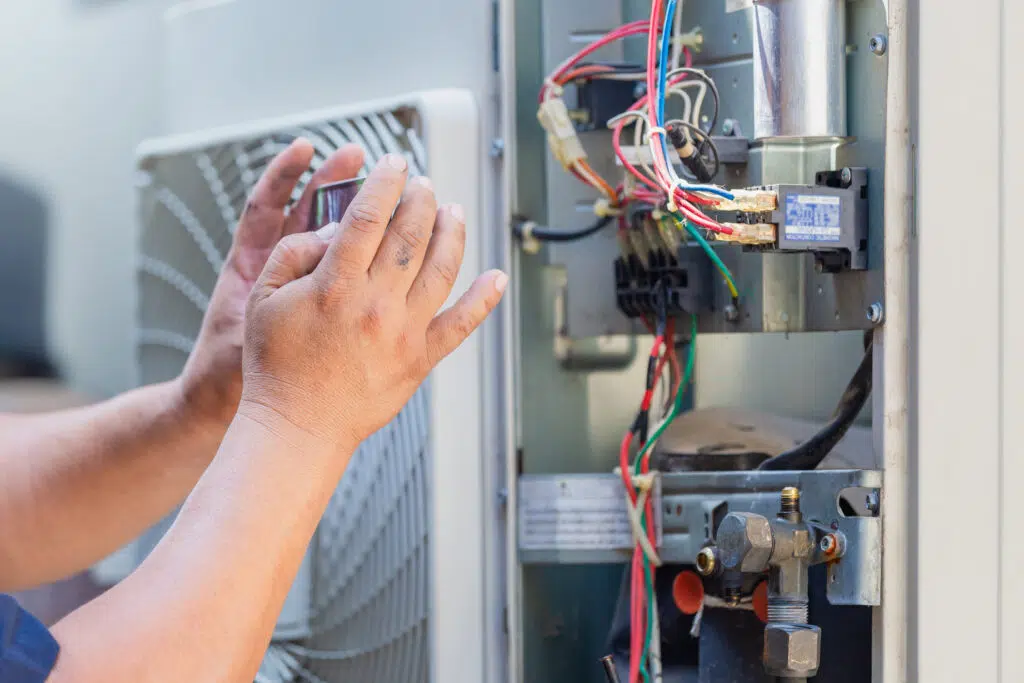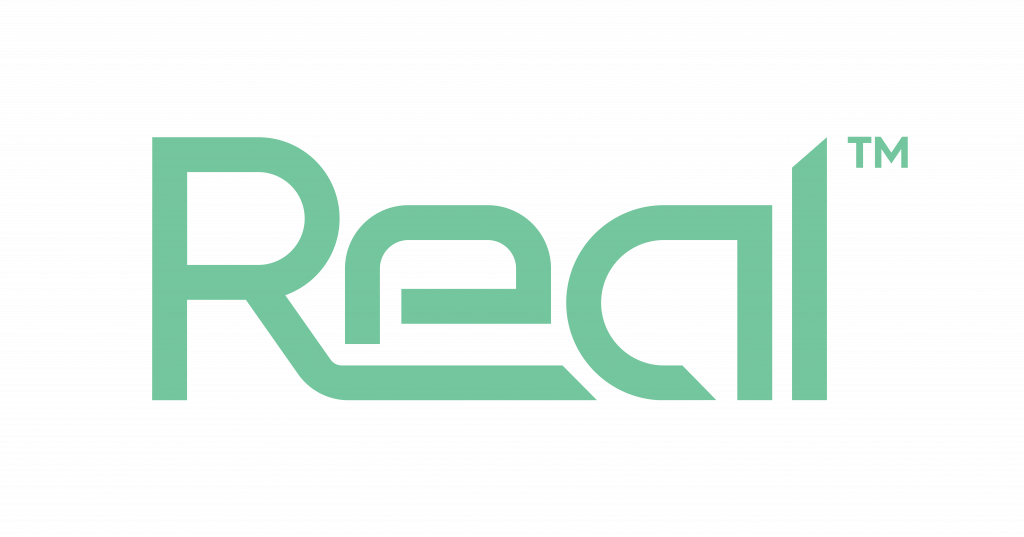An Electrical Installation Condition Report (EICR), formerly known as a Periodic Inspection Report (PIR), is a detailed electrical inspection service that assesses the safety of the electrical installations in a property. It may sound quite technical, but it’s an essential document to ensure that all electrical installations in your property are safe and up to the required standards. It’s just like taking your car in for an MOT, but in this case, it’s your property’s electrical installation.
The importance of the EICR couldn’t be overstated. Imagine moving into a lovely new property, but after settling in, you’re faced with persistent electrical faults causing a nuisance or worse, posing serious dangers. An EICR helps avoid such situations. By identifying any electrical defects, deterioration or hazardous conditions, it provides peace of mind that the electrical installations in your property are safe, and any potential threats can be addressed timely.
The EICR inspection process covers all the hard wiring in your property, including wiring, socket outlets, light fittings, and the fuse board. Basically, anything connected to your electrical system. A comprehensive check is done to identify any deviations from the Wiring Regulations. Upon completion of the inspection, an EICR is issued detailing any damages, deterioration, defects or other dangerous conditions. It also reports on any non-compliances with the current safety standard that can lead to dangerous situations.
Reading the report may feel like you’re swimming in a sea of acronyms. Each discovery during an inspection is given a code (C1, C2, C3 or FI) to describe its safety level. For instance, a C1 code means ‘Danger present, risk of injury’, while a C2 code suggests a ‘Potentially dangerous’ situation. A C3 code identifies ‘Improvement recommended’, and an FI code means ‘Further Investigation required’. If your report is abundant with C1 and C2 observations, urgent action is necessitated.
Moreover, how frequently you should have an EICR conducted varies from property to property. For homeowners, it’s recommended every 10 years, or with each change of occupancy. For tenants in rented accommodation, a report is ideally expected every 5 years, or with each change of tenancy. For businesses, the recommended frequency is every 5 years or with change of occupancy.
In conclusion, safeguarding your property with an Electrical Installation Condition Report (EICR) is crucial. It’s not only a legally binding requirement in some situations, but it’s also vital for peace of mind to know that your property is electrically safe. Consider it as a health check for your property’s electrical system. So whether you’re a homeowner, a landlord or a business proprietor, understanding and implementing EICR procedure is of paramount importance.





